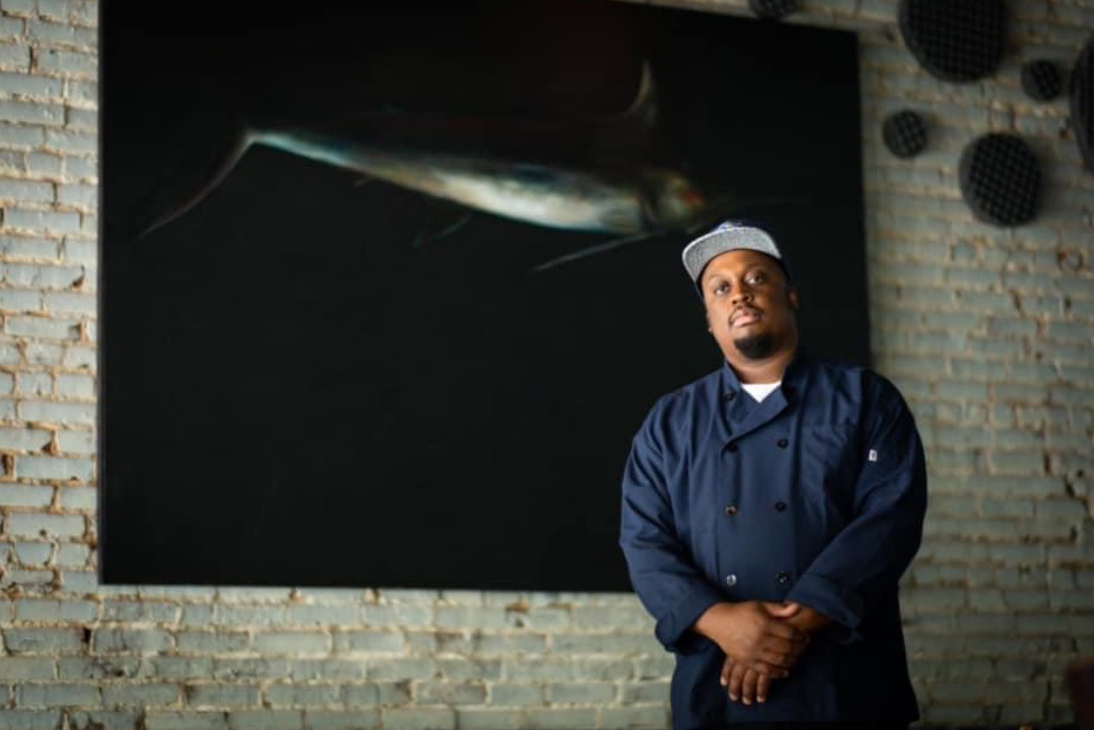 No matter if it’s a stack of well-worn basics that they carry with them from place to place or a vast collection of never-cracked coffee table tomes, every chef worth their salt has a cookbook collection. Some people collect these books simply for the sake of collecting. Other people attain cookbooks to amass a culinary reference library. I guess I fall somewhere in between. I have a friend who has collected so many culinary books that he has dedicated an entire house solely for his books. There’s simply no room for anything else. I peruse my collection on a regular basis for inspiration, confirmation, or just for the random pleasure of thumbing through a book on my favorite topic: food. I have been collecting cookbooks for some years now. I go through spells of purging and splurging when I will either get rid of a few books or buy a lot of new books at one time. I’m not fanatical about hanging on to every book I procure (with the exception of the handful of books signed by the author). I have books in my collection that, honestly, I haven’t opened since the day I got them. Then there are the books that I find myself coming back to again and again. And again.
No matter if it’s a stack of well-worn basics that they carry with them from place to place or a vast collection of never-cracked coffee table tomes, every chef worth their salt has a cookbook collection. Some people collect these books simply for the sake of collecting. Other people attain cookbooks to amass a culinary reference library. I guess I fall somewhere in between. I have a friend who has collected so many culinary books that he has dedicated an entire house solely for his books. There’s simply no room for anything else. I peruse my collection on a regular basis for inspiration, confirmation, or just for the random pleasure of thumbing through a book on my favorite topic: food. I have been collecting cookbooks for some years now. I go through spells of purging and splurging when I will either get rid of a few books or buy a lot of new books at one time. I’m not fanatical about hanging on to every book I procure (with the exception of the handful of books signed by the author). I have books in my collection that, honestly, I haven’t opened since the day I got them. Then there are the books that I find myself coming back to again and again. And again.
This is the current list of those books that I cannot seem to stay away from for too long. Subject to change, of course.
My top 10 culinary books (for now…)
The Joy of Cooking
Irma S. Rombauer and Marion Rombauer Becker
First printed in 1931 and in continuous print since 1936, this book is a valuable reference for basic recipes. Any chef who tells you he doesn’t have this book is probably lying.
On Food and Cooking
Harold McGee
Total culinary geek reading. The in-depth science behind nearly everything food and drink related. A book that any chef will tell you is in his or her collection. A very small fraction of those chefs have actually read it in its entirety. Admittedly, I am not in that small fraction. Still, there is some absolutely fascinating information here.
Kitchen Confidential (personally signed copy)
Anthony Bourdain
This is the book that gave justification to the decadent, drug and alcohol-fueled lifestyle of line cooks everywhere. All of a sudden crisp, clean chef jackets were out and filthy t-shirts and tattoos were the uniform of the day in kitchens. It was also the “I’ll-Never-Cook-Lunch-in-This-Town-Again” book that actually launched a new career for Bourdain.
M.F.K. Fisher’s translation of The Physiology of Taste or Meditations on Transcendental Gastronomy
Jean Anthelme Brillat-Savarin
Published in 1825.
Brillat-Savarin was an 19th Century French lawyer and politician. He was also a huge gourmand who liked his drink. He was responsible for such delicious quotes such as:
“The destiny of nations depends on how they nourish themselves.”
“Tell me what you eat, and I shall tell you what you are.”
and
“Animals feed themselves; men eat; but only wise men know the art of eating.”
This book is a fascinating period piece, laced with personal anecdotes of culinary indulgences. I’m not sure if it is that Brillat-Savarin is a gifted writer or the M.F.K. Fisher is a gifted translator, but either way, I find myself re-reading this book often.
The Art of Eating (personally signed copy)
M.F.K. Fisher
The Art of Eating is a collection of five gastronomical works by Miss Fisher. It remains the benchmark for all other culinary prose. My brother gave me my first copy of this book for Christmas when I was 15 or 16 years old, before I knew I wanted to cook for a living.
Upon graduating from the Culinary Institute of America, I moved to Northern California to stay with my brother until I could find a job. As a surprise graduation gift, my brother had arranged to have a copy of The Art of Eating signed by the author. He sent a letter to the publisher explaining the story of my love for cooking and for Miss Fisher’s writing, but didn’t hear back from them for a while. Right before I arrived in San Francisco, he got a hand written letter from M.F.K. Fisher. Her publisher had forwarded his letter to her. She said in the letter: “I see from the postmark on your letter that you live nearby. Why don’t you bring your brother to visit me at my house in St. Helena and I will sign all the books you want.” We did. And we were welcomed into her home like old friends. After a long visit, with lunch included, we were politely, but firmly ushered out, but not before being invited back. We visited numerous times and met some truly amazing people in her home.
Years later, when I was living in Hawaii, I received a short, hand written note from her with a little sketch she had made. Not very long after that she passed away.
I have a hardbound, first edition copy of The Art of Eating which was signed by Miss Fisher on one of our many visits to her home. To this day it is one of my most prized possessions.
What to Drink with What you Eat
Andrew Dornenburg and Karen Page
Dornenburg and Page are the authors of a handful of books related to the culinary industry, one of which (Chef’s Night Out) mentions Tsunami. What to Drink is one of those books that I refer to often. It is set up so that you can reference it from either a wine perspective or a food perspective. Stumped on what wine to pour with dinner? Refer to the What to Drink with What You Eat section. Have a bottle of wine, but you’re not sure what food to serve it with? Turn to the What to Eat with What You Drink section.
In Defense of Food
Michael Pollan
“Eat food. Not much. Mostly plants.”
This is the first line in the introduction of this book and it pretty much sets the tone for what follows. This is one of the books I turn to for confirmation. So often in my restaurant (every day) customers will tell me what I should have (or not have) on my menu. I have never fallen into the “meat and three” philosophy of putting a menu together. I’ve always put more of an emphasis on regional and seasonal ingredients over trendy ones; smaller portions over gut-busting servings; minimal presentation over overly garnished, every-adjective-in-the-book presentations.
Antoine de Saint-Exupery said “Perfection is achieved not when there is nothing more to add, but when there is nothing left to take away.” This is the crux of my food philosophy. Whenever I feel dogged by customers who tell me what I should have on the menu I turn to this book and feel better about my smaller portions of seasonal, local, un-fussed with food.
Setting the Table
Danny Meyer
Managing a kitchen is different from managing a dining room. Chefs tend to be highly creative and good tactical planners, but not always good communicators or managers of personnel. This book has helped me hone my skills in communicating with and inspiring my staff. Meyer’s management philosophy puts his staff first. And he lays out a good argument for why a content staff is an integral ingredient in ensuring a satisfied clientele.
The Food Lover’s Companion
Sharon Tyler Herbst
Often referred to as The Bible in our industry. I have never worked in a restaurant that didn’t have a copy of this in the kitchen or the chef’s office. Not only is it a handy reference guide for chefs, it is an indispensable tool for training your front of the house staff. It’s also great for an impromptu game of culinary trivia.
The Oxford Companion to Food
Alan Davidson
This heavyweight of a book (865 pages, not including the index or bibliography) is the ultimate culinary reference book. It is basically The Food Lover’s Companion on steroids. I have spent many hours with my nose in this book, referencing, cross-referencing, and cross-cross-referencing. To put it another way, The Food Lover’s Companion is like a quick meal eaten out-of-hand on the run, while The Oxford Companion to Food I is a sit-down, multi-course meal.




 No matter if it’s a stack of well-worn basics that they carry with them from place to place or a vast collection of never-cracked coffee table tomes, every chef worth their salt has a cookbook collection. Some people collect these books simply for the sake of collecting. Other people attain cookbooks to amass a culinary reference library. I guess I fall somewhere in between. I have a friend who has collected so many culinary books that he has dedicated an entire house solely for his books. There’s simply no room for anything else. I peruse my collection on a regular basis for inspiration, confirmation, or just for the random pleasure of thumbing through a book on my favorite topic: food. I have been collecting cookbooks for some years now. I go through spells of purging and splurging when I will either get rid of a few books or buy a lot of new books at one time. I’m not fanatical about hanging on to every book I procure (with the exception of the handful of books signed by the author). I have books in my collection that, honestly, I haven’t opened since the day I got them. Then there are the books that I find myself coming back to again and again. And again.
No matter if it’s a stack of well-worn basics that they carry with them from place to place or a vast collection of never-cracked coffee table tomes, every chef worth their salt has a cookbook collection. Some people collect these books simply for the sake of collecting. Other people attain cookbooks to amass a culinary reference library. I guess I fall somewhere in between. I have a friend who has collected so many culinary books that he has dedicated an entire house solely for his books. There’s simply no room for anything else. I peruse my collection on a regular basis for inspiration, confirmation, or just for the random pleasure of thumbing through a book on my favorite topic: food. I have been collecting cookbooks for some years now. I go through spells of purging and splurging when I will either get rid of a few books or buy a lot of new books at one time. I’m not fanatical about hanging on to every book I procure (with the exception of the handful of books signed by the author). I have books in my collection that, honestly, I haven’t opened since the day I got them. Then there are the books that I find myself coming back to again and again. And again.





